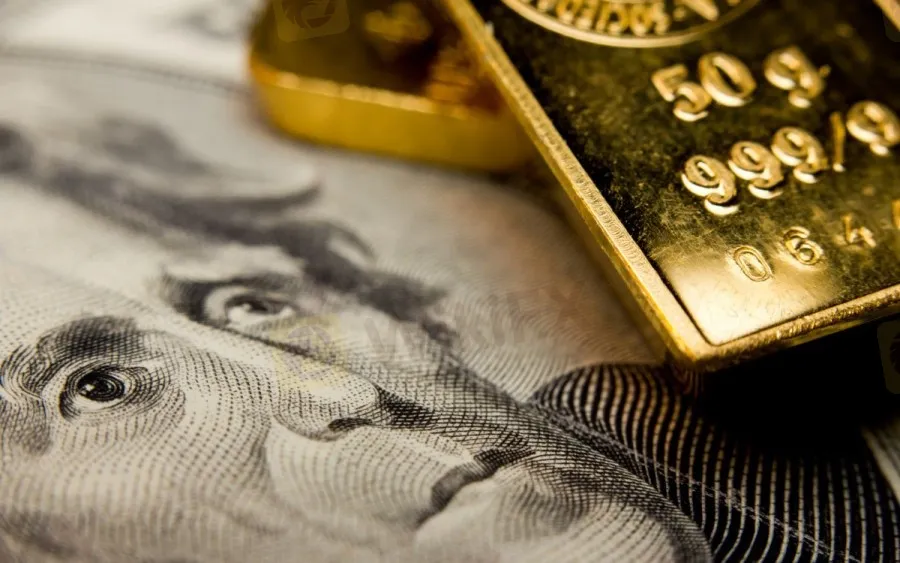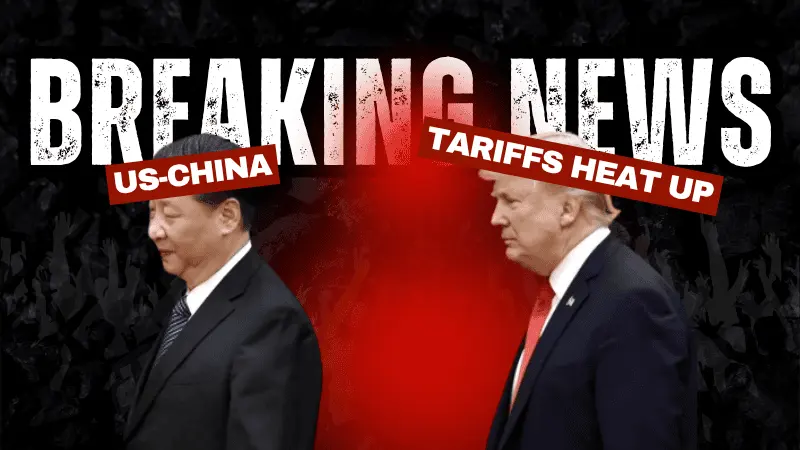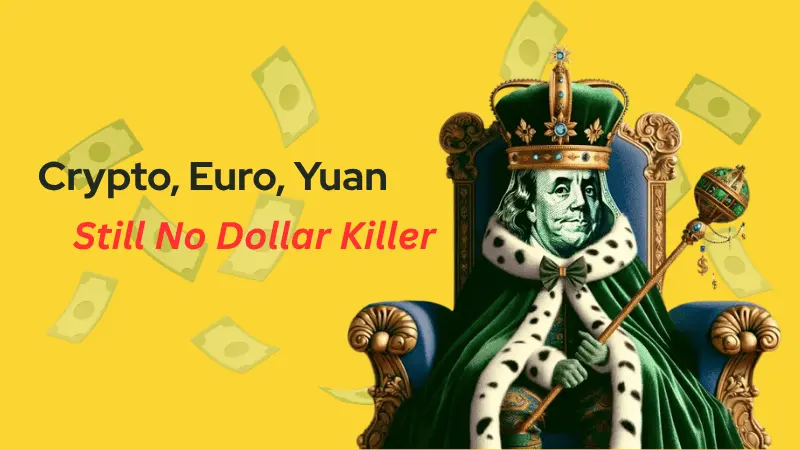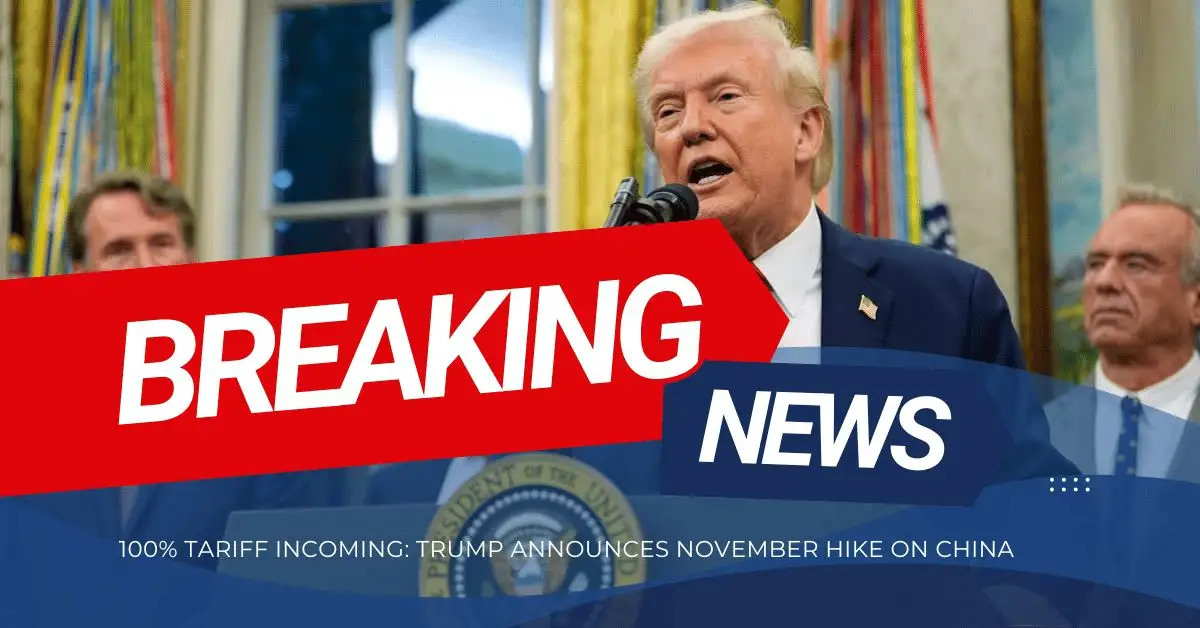Abstract:The Spot of gold prices briefly rose half a percent to $1,863.27 an ounce and gold futures rose by0.1% to $1,864.70. However, XAU/USD did not continue its gains.

The Spot of gold prices briefly rose half a percent to $1,863.27 an ounce and gold futures rose by0.1% to $1,864.70. However, XAU/USD did not continue its gains.
This commodity stabilized in the range of $1,852.19 when this news was lowered on Tuesday (14/February) evening. The United States CPI data for the 12 months to January reportedly rose by 6.4%.
That number was higher than expectations of 6.2%. However, inflation on a monthly basis was in line with expectations, growing by only 0.5%.
Us monthly Core CPI inflation also grew in line with expectations of 0.4%. Markets responded to the inflation report with hopes that the Fed would reduce the pace of rate hikes given the largely slowing inflation data.
Market is Quite Volatile in Responding the Data
However a few hours later, the market revised their valuation so that the surge in gold prices subsided. The market is quite volatile in response to the CPI data.
However, after understanding more deeply the inflation data listed, the experts understand that the headlines of the US CPI are indeed down. But, definitely not as much as expectations.
This was commented by David Meger, an analyst at High Ridge Futures. The US dollar also weakened to a one-month low, thus supporting the strengthening of gold prices.
However, it returned to stability in the range of 103 along with more in-depth market observations of the data. Gold, although widely known as an inflationary hedging asset, is very sensitive.
Gold has a Potential to Bullish
This commodity is so sensitive to the interest rate policies of central banks, in particular the US central bank. Gold Potentially Bullish According to Phillip Streible, an analyst at Blue Line Futures Chicago.
The investors questions remain on until when, the Fed will raise interest rates. Markets expect the Fed to still raise rates twice more through July.
Nevertheless, analysts still expect bullish gold prices in 2023. The economic recession is threatening, prompting rumors that gold prices could reach $4,000 per troy ounce.
However, analyst Kenny Polcari of Slatestone Wealth denied the prediction. According to him, the price of gold in 2023 may break through $1.9000-$2.0000 but not up to $4,000.
Japans GDP Growth was Under the Expectation
The Japan Bureau of Statistics on Tuesday (14/February) released data on GDP for the fourth quarter of 2022. This data grew by 0.6 percent on an annual basis which can be seen from the release.
Despite recovering from a 1.0 percent contraction in the previous quarter, GDP figures this time is under the market expectations that forecast 2.0 percent growth.
On a quarter-over-quarter basis, the Japanese economy was also lower than expectations which is 0.2 percent vs. 0.5 percent. Nevertheless, this achievement is still positive.
It is specifically when everything is compared to the previous quarter's figure of -0.3 percent. In general, the economy of that country is already showing recovery.
Consumption Sector Contributes more than Half
This condition was largely supported by the household consumption sector which increased by 0.5 percent. Unfortunately, the strengthening of GDP could not meet expectations due to high inflation which hampered the recovery of consumer spending.
In fact, the consumption sector contributes more than half of the Japanese economy. In addition, Japan's economy has also been hampered by a slump in the business investment sector.
Capital expenditures fell by 0.5 percent amid uncertainty over global economic outlook. Given the risk of a recession looming over developed economies this year, people expect the economy to be plunged into the abyss of recession.
That is especially in the first half, mainly due to the weakening of the business investment sector which appears to be worse than our previous expectations. It was said by Darren Tay, Japan economist at Capital Economics.










